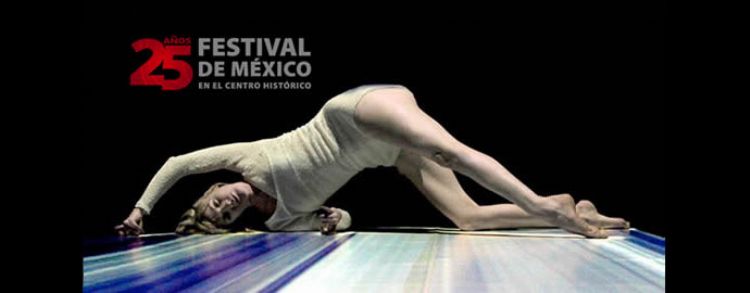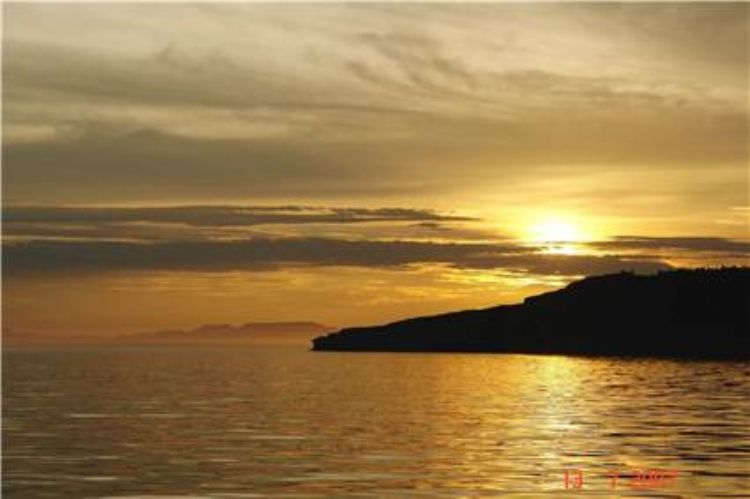
The figure of Antonio Lopez de Santa Anna has been very c...

The area known as the Lagunera region in Durango was home to a nomadic tribe called the Chimichecas, warriors that were exterminated during the Spanish conquest, leaving no trace behind. The rest of the state is inhabited mainly by the Tapehuanos, also nomadic, and by the Huicholes, Coras and Tarahumaras, sedentary communities with strong family structures.
The Spanish conquest in Mexican soil in the XVI century began in the southern and central parts of the country, and as they submitted the locals and founded towns, they proceeded north. Once the province of the Nueva España or New Spain was up and running, new conquistadors ventured north towards the rest of the Mexican nation and established the province of Nueva Vizcaya, in honor of the Spanish province of the same name, place of origin of many of the invaders taking part in the process.
This new phase of conquest led by Francisco de Ibarra between 1554 and 1567, included the founding in the year 1563 of the Villa de Durango, the state capital. During the following decades, missions of the Franciscan and Jesuit orders were gradually established in the area.
As in the rest of the province, attacks coming from the natives forced the Spanish authorities to militarily reinforce the towns and protect the settlers in search of new lands. With the arrival of Mexican independence, the region began to break apart and eventually gave birth to the northern states of the country. In the year 1827, liberalist Santiago de Vaca Ortiz in sworn in as the first constitutional governor of the state of Durango.
The 30 years that the dictatorship of Porfirio Diaz lasted allowed the state to integrate to the national railroad and telegraph networks that transformed the nation. Later, during the Revolution, rebel Francisco "Pancho" Villa, a native from Durango and also known as the "northern centaur", stood out in defense of the unprotected and introduced bold ideas regarding agrarian distribution.

Mexico occupies fourth place worldwide in specie biodiver...


Tourism is one of the countryâs main economic activitie...